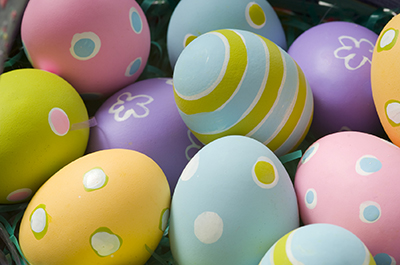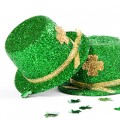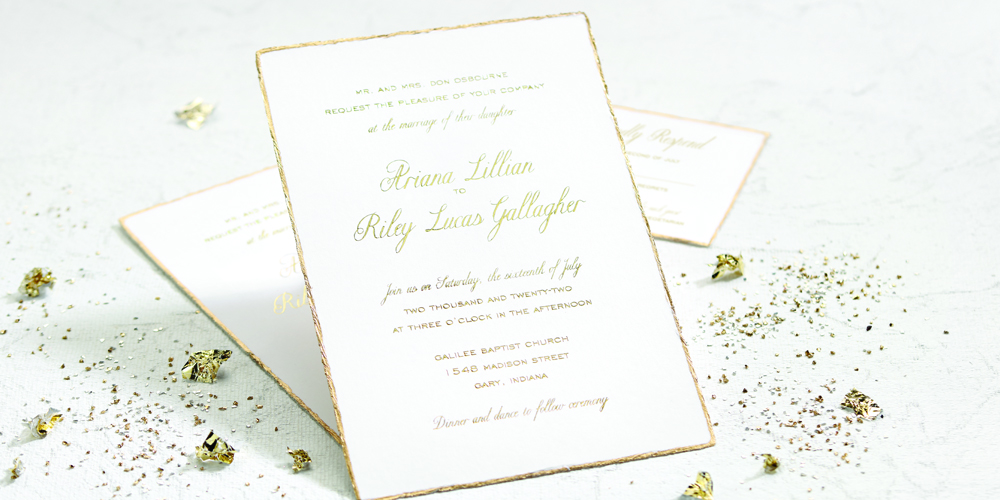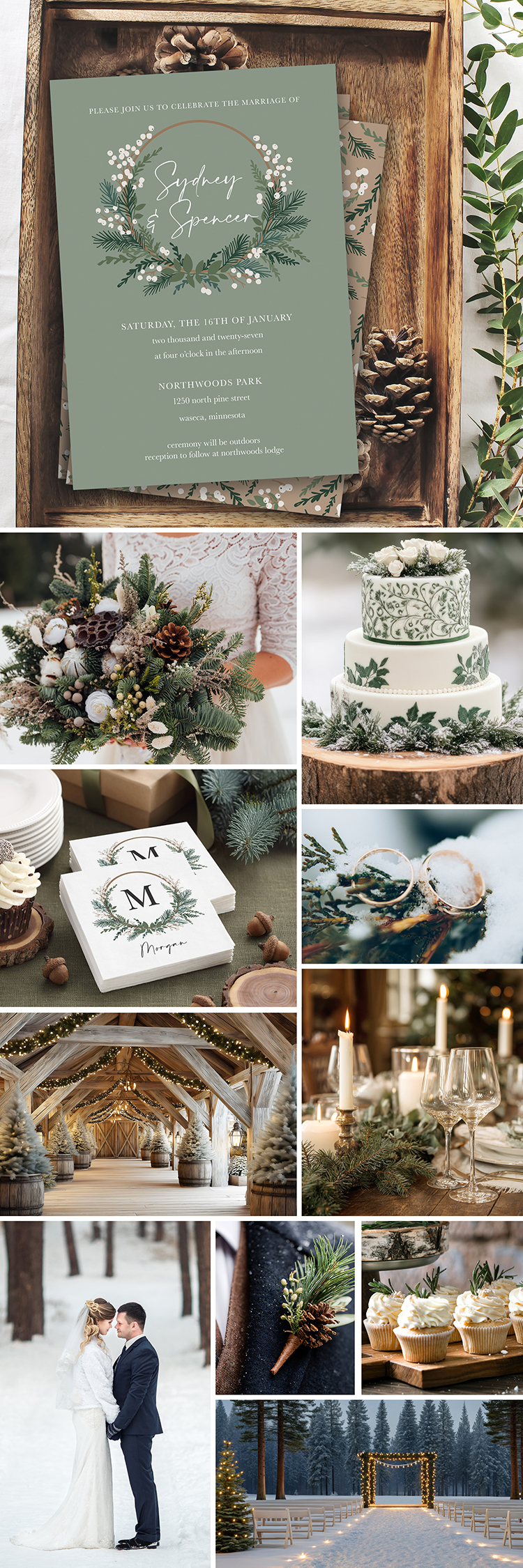Where do Easter eggs come from? Why, the Easter Bunny, of course! But what about the Easter eggs that we all gathered around the table to dye when we were children, walking away with brightly colored fingers and a host of pastel-hued eggs?
The practice of dying Easter eggs is connected with the Christian celebration of Easter – the resurrection of Christ from the tomb. Early Christians in Mesopotamia began the custom of staining chicken eggs red in memory of the blood Christ shed during his crucifixion and death. Much later, in 1610 A.D., the Catholic Church formally adopted the custom as a symbol of the resurrection of Jesus. Just as a baby chick hatches from its shell with life, Christians viewed the Easter egg as a reminder that Jesus rose from the grave.
Apart from the religious customs, people around the world dye eggs in celebration of springtime. As the cold and barrenness of winter give way to the warmth and green growth of spring, the egg remains a symbol of new life, rebirth and fertility.
In some regions of the world, egg decorating involves much more than fizzy dye tablets dropped in vinegar. The Ukraine is renowned for Pysanky eggs, which are decorated by a folk art tradition of using beeswax to create a batik-like wax-resist design. The result is intricately-designed and brightly-colored eggs. Other Eastern European ethnic groups, such as the Czechs, Croats, Poles, Hungarians and Lithuanians, use similar methods to decorate eggs.
In the Haná region of the Czech Republic, straw is used to decorate eggs, which are called Hanácké kraslice. Intricate designs are created with small pieces of cut wheat straw. And let’s not forget the celebrated Fabergé workshops, which created exquisite jeweled Easter eggs for the Russian Imperial Court. The very first Fabergé egg was commissioned by Tsar Alexander III in 1885 as an Easter gift for his wife, the Empress Maria Fedorovna. Peter Carl Fabergé, a goldsmith, created the first Fabergé egg from gold. It was the first of 54 eggs the House of Fabergé crafted for the Russian Imperial family, and the designs kept getting more and more intricate and bejeweled every year. In 2007, a Fabergé egg sold at auction at Christie’s for $18.5 million. That’s quite an Easter egg!
Children around the world participate in a myriad of Easter egg games and activities. Here in the States, the tradition of the Easter Bunny delivering baskets of eggs and candy, or leaving decorated eggs hidden outdoors to be found by eager children, has endured for many years. In England, hard boiled eggs are distributed to children who hit or tap other players’ eggs with their own. The holder of the last intact egg wins. In Scotland, children roll painted eggs down steep hills on Easter Sunday. This tradition was brought to the colonies and remains a fun game to this day. Every year, the White House hosts an Easter egg roll on its sprawling lawns. Children push eggs along with the help of spoons. In Germany and Sweden, painted Easter eggs are hung on small tree branches and placed indoors on a table top, or are hung all over trees.
Throughout my own life, I’ve seen the practice of decorating Easter eggs evolve a bit. I’ve dyed them, painted them, helped cover them in shrink-wrap decals, assisted with tie-dying them, glitter-sprayed them, and now my sister informs me there is a new gilding kit. Oh goodness!
If you and your family decorate Easter eggs, allow me to suggest trying some old school methods of dying them. Here are some of the natural methods people used before handy kits were available. Give it a try!
Boil eggs with the following to achieve different colors:
- Brown: onion peels, coffee or tea
- Black: oak or alder bark or walnut shells
- Blue: blueberries, blackberries
- Golden: bark from a young apple tree, the marigold flower, or ground turmeric
- Yellow: lemon or orange peels, carrots, or celery seed
- Orange: paprika, cumin, chili powder, or yellow onion skins
- Violet: periwinkle leaves or shoots from young rye
- Purple: Hibiscus tea
- Pink: 2 cups chopped raw beets
- Dark pink to red: cranberries, raspberries, or radishes
Put your choice of coloring ingredient into a small pot with 2 cups water and bring to a boil. Cover, reduce heat to medium-low and simmer for 10 minutes. Strain through a fine mesh sieve, discarding any solids, and then stir in 1 tablespoon of vinegar. Set aside to let cool until warm or room temperature.
To color eggs, submerge in dye, turning often for even coating, until desired color is reached. For more colors, dye eggs first in one color, then wipe dry and dye in a second color.
Happy Easter!









